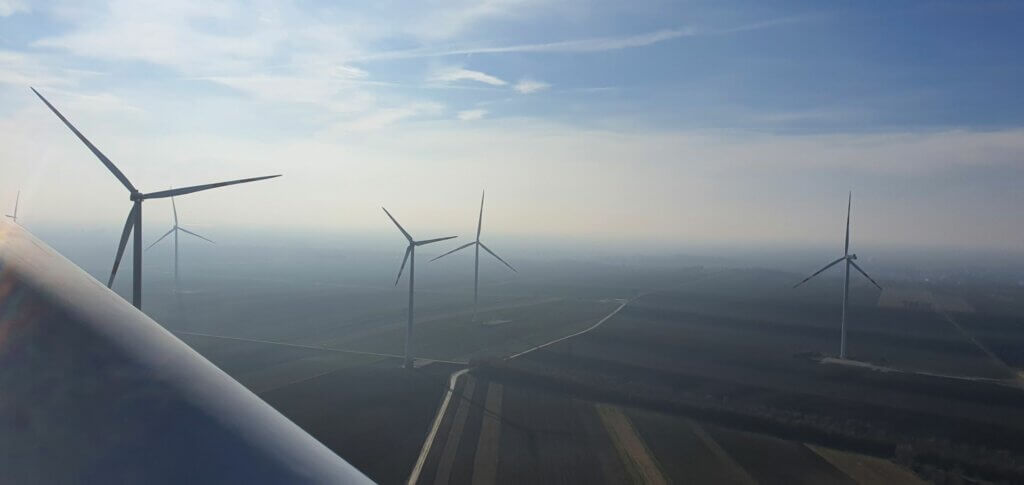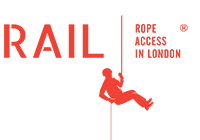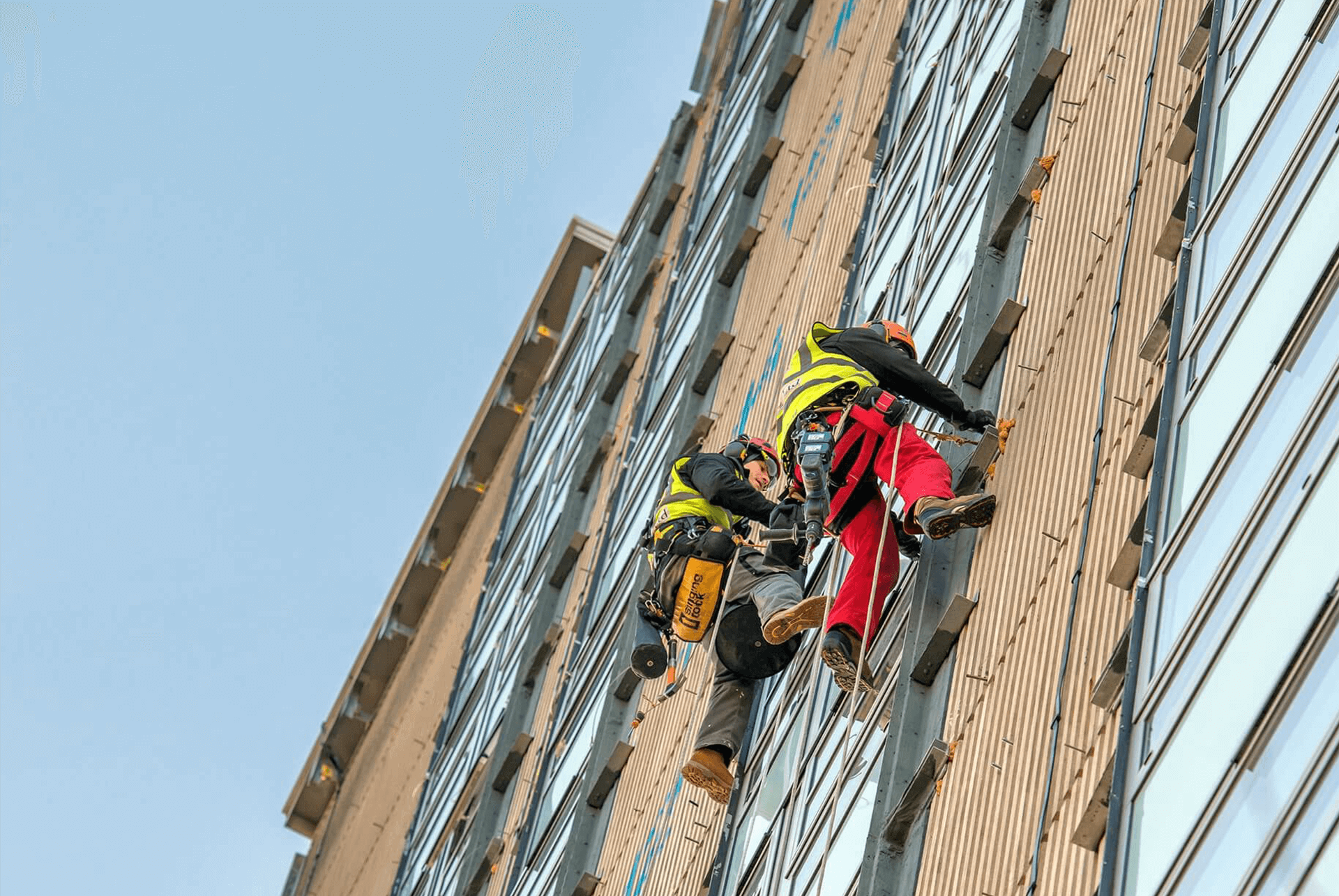
Climbing a Wind Turbine: Guide to Wind Turbine Maintenance
Wind turbine towers have become one of the most effective ways to generate energy, and today, some countries rely on them for close to half of their total electricity supply. With each passing year, tens of millions of new wind turbines get installed in developed countries.
Though wind turbines are an excellent source of renewable energy, there’s one noticeable drawback: They require regular maintenance to maintain peak efficiency. But due to their construction, questions regarding climb assist, worker safety, nacelle handling, and the rotor blades immediately pop up.
How do you exactly climb a wind turbine? Is there work needed inside the tower? What to do with broken rotor blades? These are all questions wind technicians will increasingly face as wind turbines see more widespread deployment, and this article aims to answer all of them and more. If you’re looking for a comprehensive guide on wind turbine maintenance, continue reading!
#1 Training is Required to Maintain Wind Turbines
Though they might appear as simple structures from the outside, wind turbines rely on complex technology to function, and due to the need to work at height, training is simply indispensable. Workers without training can neither properly maintain or repair wind turbines even if they have proper equipment.
Thankfully, the training usually doesn’t take long, being a few weeks at a maximum. And if that’s still not ideal for you, you can always rely on outside services to get the maintenance done. Wind turbine maintenance is increasingly in demand, and there are a number of excellent rope access companies that have the necessary know-how to properly maintain and repair them.
#2 Lifts vs Rope Access: How to Climb a Wind Turbine
Wind turbines are massive, usually averaging between 60 and 120 meters in height, and technicians usually need to climb up to the nacelle if they want to do regular maintenance and repairs. Ascending that height presents unique challenges that need to be addressed for the repairs to be carried out safely.
Here, the two most common solutions used are climb assist and rope access. They both have their own advantages. Climb assist requires less training as the equipment will do more of the heavy lifting, both literally and figuratively. Rope access, on the other hand, is more affordable and requires less setup, but you need experienced technicians to carry out repairs.
Here at Rope Access in London, our employees go through extensive training and have been certified by relevant authorities, which makes them capable of properly handling repairs and maintenance on wind turbines.
#3 Maintaining the Nacelle: Things Wind Turbine Technicians Need to Know
The nacelle is the heart of a wind turbine. It is what generates electricity from wind energy. It requires regular maintenance, and in case of damage or misuse, it’ll impact the efficacy of the turbine greatly.
Sadly, however, not only is the nacelle usually tens of meters off the ground, but it is also very complex. Technicians not only need to be familiar with working at height, but they need to know how to handle the intricacies of the nacelle as well. Without the proper know-how, this isn’t possible.
So, when maintaining or repairing wind turbines, it is important to know what kind of repairs/maintenance is necessary. Simple tuning and cleaning can be done by any team but more complex jobs will require experienced technicians.
#4 Damaged Wind Turbines: Can They Be Fixed?
Whether it is due to wear and tear, weather storms, or impact with flying objects, wind turbines getting damaged isn’t exceptionally rare, and if you want to keep your wind farm in tip-top condition, you need to know how to do repair work as well.
The answer to the question, “Can a wind turbine be fixed?” however depends on the type of damages it has suffered. If the rotor blades have been damaged, for example, repairing them will be rather trivial, comparatively speaking. If the nacelle got harmed, however, the internals of the turbine might need to be replaced.
If repairs are necessary, the first thing you need to do is properly account for the damages and see what steps need to be taken to repair the turbines. You can formulate an action plan from there.




Recent Comments